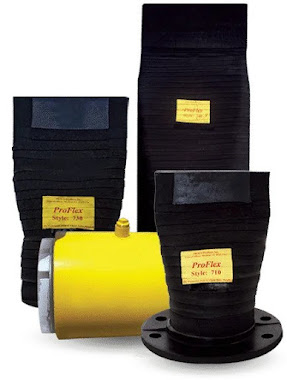Expansion Joints
.jpg)
Expansion joint expertise plays a crucial role in improving the reliability and performance of industrial wastewater systems. Industrial wastewater systems often face dynamic conditions, including temperature variations, vibrations, and movement, which can lead to stress and wear on the system components. Expansion joints are essential in addressing these challenges and ensuring the longevity and reliability of the wastewater infrastructure. Here's how expertise in expansion joints contributes to the improvement of industrial wastewater systems: Movement Absorption: Industrial wastewater systems are subject to thermal expansion and contraction, as well as vibrations and settlement. Expansion joints are designed to absorb these movements, preventing stress on pipes, pumps, and other system components. Expertise in expansion joints ensures the proper selection and installation of joints that can effectively accommodate the specific movements in a given wastewater system. Preventin...


